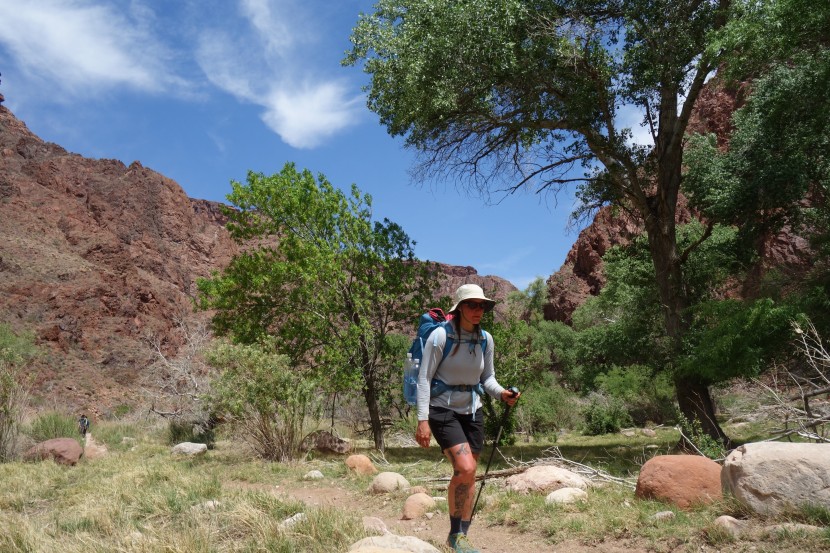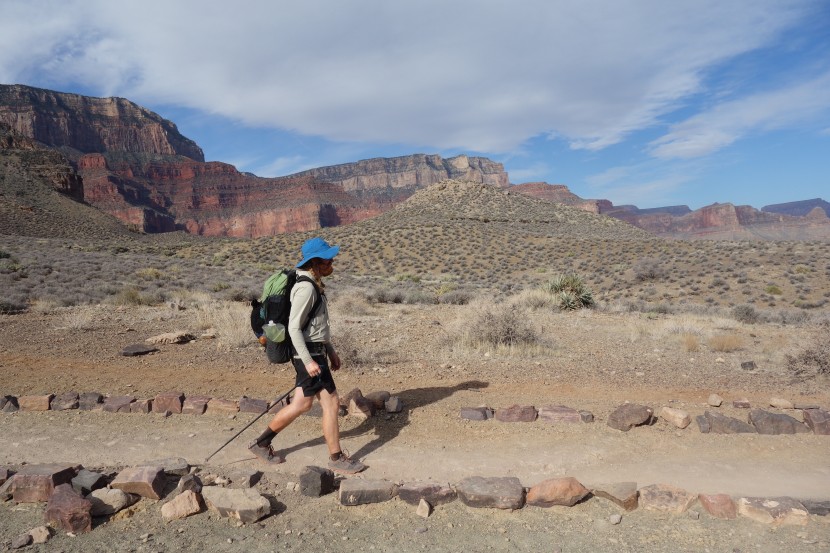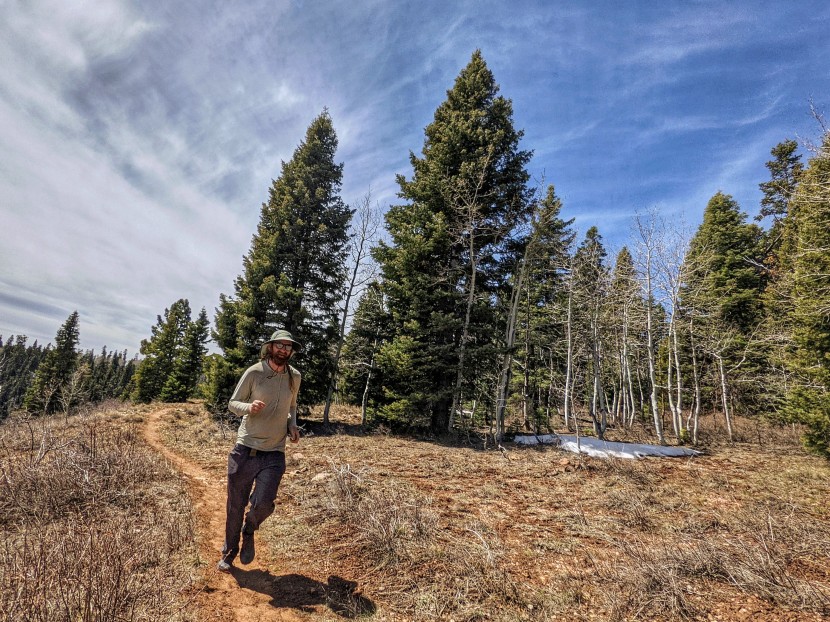Where We Tested
We tested these hats on an extended backpacking trips across northern Arizona, in the Grand Canyon, and in Califonia and Colorado. Throughout these areas, we tested the hats in five categories: Protection, Comfort, Breathability, Durability, and Style.
Testing Metrics
We assessed each products performance across the four tests below.
Protection
We tested protection the hard way: by risking our skin to determine which competitors were the most protective. We measured each hat's brim size in inches and factored in the slope of the brim. We went out on gusty days to purposely test how these hats would stay on our heads, or if the brims would blow up, exposing our faces. We noted whether each hat could be worn with a backpack to determine if it would stay on your head during a tour or a trek.
To add some extra objectivity to our protection tests, we put UV Cardsunderneath the hats to see the extent that the UV rays were able to pass through the material.
Comfort
When testing for comfort, we noted any points of discomfort or annoyance that we experienced as we wore the hats around town and in the backcountry. We wore the hats all day and assessed how they felt after wearing them for hours at a time. We also noted the number of sizes that each hat comes in and whether they're adjustable to help you determine how easy it will be to get a perfect fit.
Breathability
We tested for breathability each time we wore the hats by constantly noticing how well the hats breathed. We also noted whether the hats incorporated ventilation, like eyelet vents or mesh paneling.
Packability
We tested durability by crushing these hats into our backpacks as we headed out on adventures. Durability was also tested by submerging the hats in water and noting if this damaged them at all. In addition, we subjected each hat to a 30-minute crush test, where we jammed each hat into a small Ziploc bag for 30 minutes, then noted how each hat looked and whether crushing damaged the brims.
Style
We tested style by asking as many people as we could find which hats they thought looked the best. We took note of how each hat looked with it on and asked ourselves, “would you wear this to a bar?” We also noted how many colors each hat comes in.







